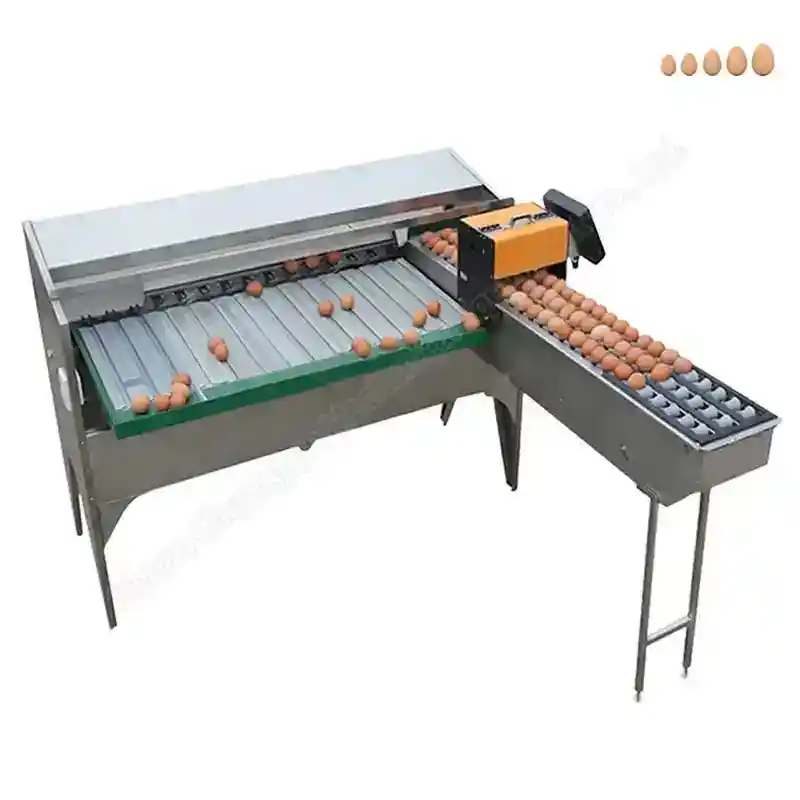Animal Feed Pellet Machine for Efficient Livestock Nutrition Production
Nov . 10, 2024 09:03 Back to list
Animal Feed Pellet Machine for Efficient Livestock Nutrition Production
The Importance of Pellet Machines for Animal Feed Production
In the ever-evolving world of agriculture and animal husbandry, the quest for efficiency, nutrition, and sustainability is paramount. Among the tools that have revolutionized feed production, pellet machines stand out as essential equipment. These machines have significantly transformed the way animal feed is prepared, enhancing the nutritional quality, digestibility, and overall health of livestock.
What is a Pellet Machine?
A pellet machine, also known as a pellet mill, is a device that converts various types of feed ingredients—such as grains, forage, and supplements—into compact and uniform pellets. This process involves grinding the raw materials into a fine powder, which is then subjected to heat and pressure, thus forming pellets. The resulting product is not only more manageable but also offers numerous benefits over traditional feed formats such as mash or whole grain.
Benefits of Using Pellet Machines in Feed Production
1. Enhanced Nutritional Benefits Pellets allow for a more balanced distribution of nutrients. By carefully formulating the feed, farmers can ensure that their animals receive all the necessary vitamins, minerals, and other nutrients in optimal proportions. This can lead to improved growth rates and better overall health in livestock.
2. Improved Digestibility The process of pelleting involves applying heat, which can help to gelatinize starches and break down fiber, making the feed more digestible. Animals can more easily absorb the nutrients contained in pelleted feed, leading to improved feed conversion ratios. This is particularly beneficial for young or growing animals that require higher nutrient concentrations.
3. Reduction of Feed Wastage Traditional feed formats often result in wastage due to spillage or selective feeding behaviors among animals. Pellets are less likely to be sorted, ensuring that livestock consume the entire ration. This can lead to cost savings for farmers, as more of the feed purchased is effectively utilized.
pellet machine for animal feed

4. Storage and Handling Efficiency Pellets are easier to store and handle compared to loose feed. Their compact shape allows for higher densities in storage, resulting in reduced space requirements. Additionally, they can be easily transported and fed using standard equipment, reducing labor costs and time.
5. Customization and Flexibility Pellet machines offer flexibility in feed formulation, allowing for the incorporation of various ingredients according to the specific needs of the animals. This customization helps farmers adapt their feed to meet the nutritional requirements of different species and life stages, whether it’s poultry, swine, or ruminants.
Sustainability and the Future of Feed Production
The environmental impact of animal farming is an ongoing concern. Pellet machines can play a crucial role in promoting sustainability within the agriculture sector. By optimizing feed efficiency, farmers can reduce the amount of raw materials required to produce animal products, thereby minimizing the environmental footprint associated with feed production.
Moreover, with advancements in technology, modern pellet machines are becoming increasingly efficient, consuming less energy while producing a higher quality product. Innovations such as counterflow conditioners and variable-speed drives allow for precise control over the pelleting process, further enhancing energy efficiency and product quality.
Conclusion
The adoption of pellet machines in the production of animal feed represents a significant advancement in the agricultural industry. By enhancing the nutritional value, digestibility, and handling of feed, these machines contribute not only to the health and well-being of livestock but also to the economic viability of farms. As the industry moves forward, integrating technology and sustainability will be crucial in meeting the growing demand for animal protein while minimizing environmental impacts. In this context, pellet machines will undoubtedly remain a vital component in the production of high-quality animal feed, paving the way for a more efficient and sustainable future in agriculture.
-
Automatic Feeding Line System - Anping Yize|Poultry Efficiency&Durability
NewsJul.29,2025
-
Automatic Feeding Line System-Anping County Yize Metal Products Co., Ltd.|Durable PP Material&Easy Maintenance
NewsJul.29,2025
-
Automatic Feeding Line System-Pan Feeder Nipple Drinker|Anping County Yize Metal Products Co., Ltd.
NewsJul.29,2025
-
Hot Sale 24 & 18 Door Rabbit Cages - Premium Breeding Solutions
NewsJul.25,2025
-
Automatic Feeding Line System Pan Feeder Nipple Drinker - Anping County Yize Metal Products Co., Ltd.
NewsJul.21,2025
-
Automatic Feeding Line System Pan Feeder Nipple Drinker - Anping County Yize Metal Products Co., Ltd.
NewsJul.21,2025






